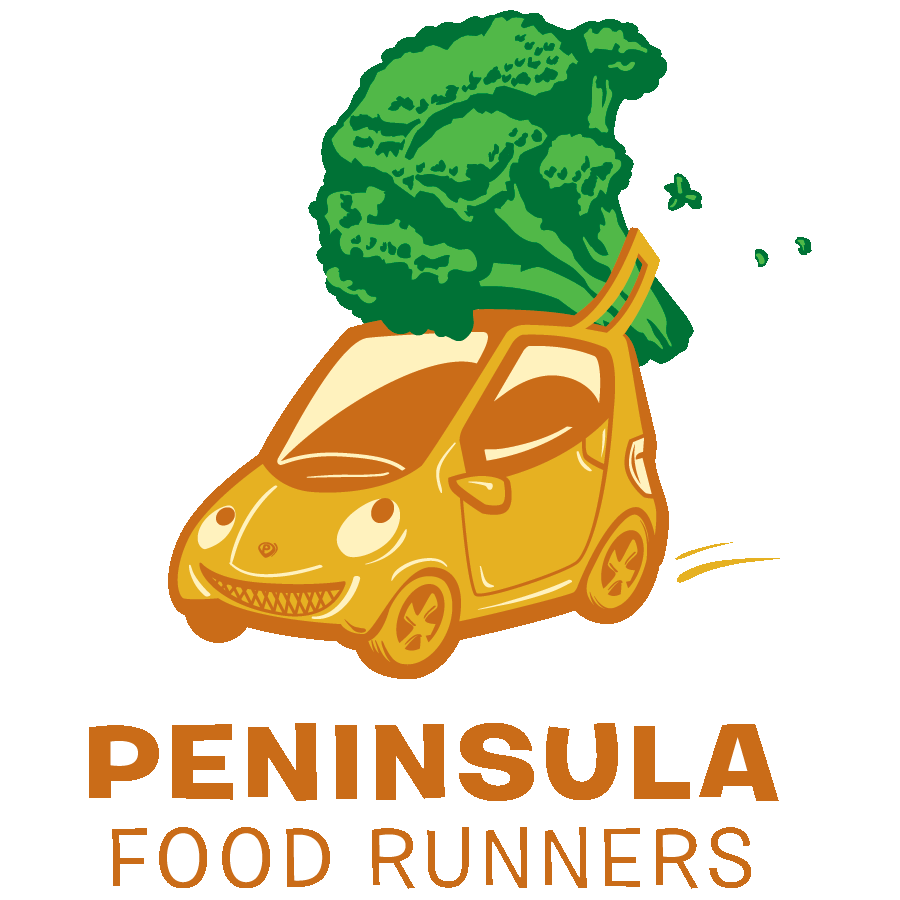Current Tax Law
The “CARES Act” (H.R. 748), ), signed into law on March 27, 2020 (Public Law No: 116-136), addresses the COVID-19 emergency. Sections of the new law encourage surplus food donations by providing a temporary increase to the charitable contributions cap and by addressing net operating losses.
Increase Charitable Contributions Cap
The CARES Act modifies Section 170 of the Internal Revenue Code by increasing the charitable contributions cap for donations of food inventory from 15% to 25% of net income for non-C corporations or taxable income for C-corporations, applicable to taxable years which begin after December 31, 2019. The ability to carry forward tax deductions in excess of this cap for 5 years remains unchanged.
Net Operating Loss Changes
A net operating loss (NOL) happens when your allowable deductions (wages, mortgage interest, rent, utilities, inventory, and equipment depreciation) surpass your taxable income. The Tax Cuts and Jobs Act (TCJA) of 2017 eliminated the option for businesses to carry back those excess losses to prior years. The TCJA limited the amount losses you could take to 80% of the actual loss in any year, and allowed you to carry forward the 20% balance, to apply it against future year income.
The CARES Act changes the treatment of NOLs to pre-TCJA rules. You can now claim 100% your net operating losses in 2020, 2019, or 2018 and you can carry them back for up to five years (2013-2017). An amended return may be filed to claim the benefit back to 2013.
The CARES Act also allows NOLs arising in tax years beginning after December 31, 2020, to offset 100% of income going forward rather than 80% as allowed under the TCJA.
Please see your accountant or financial advisor regarding your specific situation.
Tax Cuts and Jobs Act (H.R. 1), passed by Congress on Dec 20, 2017, does not change the ability for a company to take the enhanced deduction for the donation of surplus food. Based on this Act, the following information is still accurate.
U.S. Congress enacted Section 170 of the Internal Revenue Code in 1976 to encourage donations by allowing C corporations to earn an enhanced tax deduction for donating selected surplus property, including food. In 2015, Congress passed the PATH Act as Division Q of the Consolidated Appropriations Act, 2016, which modified Section 170 of the Internal Revenue Code to allow all companies to earn an enhanced tax deduction for donating selected surplus property, including food.
This encourages food donations by:
Making the enhanced tax deduction permanently available for Non-C corporations – retroactive for contributions made after December 31, 2014.
Increasing the charitable contributions cap from 10% to 15% of net income for Non-C corporations or taxable income for C corporations - applicable to taxable years beginning after December 31, 2015. The additional 5% is specifically for food donations.
Allowing Non-C corporations a tax deduction carry forward of 5 years, mirroring the treatment of C corporations - applicable to taxable years beginning after December 31, 2015.
Defining the Fair Market Value for donated food by taking into account the price for which the item is sold at the time of the contribution without regard to lack of market, internal standards - applicable to taxable years beginning after December 31, 2015.
Providing basis for food donations from businesses using the cash method of accounting (typically identified as “farmers and ranchers”) as 25% of the fair market value - applicable to taxable years beginning after December 31, 2015.
Technical Tax Correction for S Corporations
Prior to December of 2007, S corporations with limited shareholder basis faced a dilemma regarding their ability to take the enhanced tax deduction for donating food inventory. FDC submitted a technical correction to the House Committee on Ways and Means in 2007 which was integrated into The Tax Technical Corrections Act of 2007 (HR 4839 and Public Law 110-172). This made a technical correction to the provision relating to contributions of appreciated property by an S corporation.
The technical correction provides that the present-law basis limitation on the deduction of S corporation items does not apply to a contribution of appreciated property to the extent the shareholder’s pro rata share of the contribution exceeds the shareholder’s pro rata share of the adjusted basis of the property. This means that S corporation shareholders can take the enhanced deduction regardless of their basis in the corporation.

